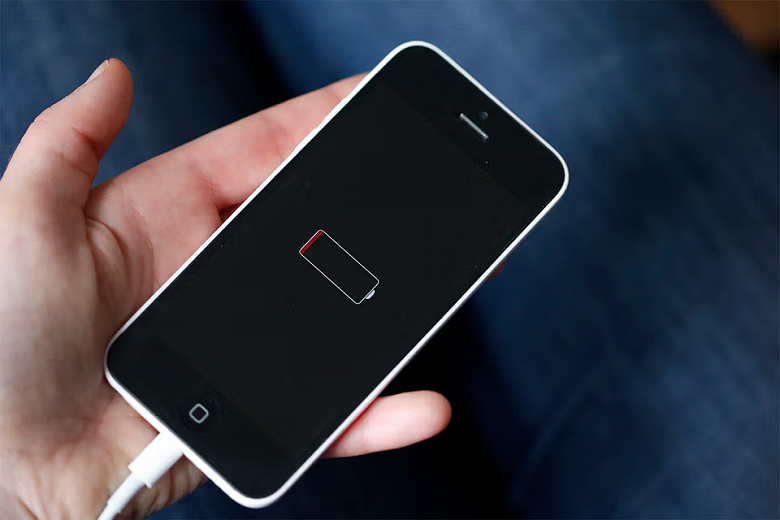We are talking about the iPhone 6, 6 Plus, 6S, 6S Plus, 7, 7 Plus and iPhone SE
The long-running 2017 iPhone battery lawsuit is drawing to a close. One of the firms representing Apple customers in the lawsuit, Cotchett, Pitre & McCarthy, announced that the 9th Circuit Court had dismissed an appeal from two iPhone owners who objected to the terms of the deal and demanded a larger payout. Now Apple can start paying out under the settlement agreement.
We are talking about hundreds of millions of dollars for owners of the iPhone 6, 6 Plus, 6S, 6S Plus, 7, 7 Plus and the first generation iPhone SE. Under the terms of the settlement, Apple will have to pay between $310 million and $500 million, depending on how many people have filed lawsuits.
If the owners of these devices only now found out about this, they will not receive compensation: the deadline for submitting applications has passed in October 2020. About 3 million people can expect a payout of about $65.
Apple will pay for the “planned obsolescence” of the iPhone.

It has previously been proven that Apple slowed down iPhones as soon as iOS discovered that their batteries were severely degraded. Apple has stated that this prevents phones from turning off spontaneously. However, the company did not mention the change included in the iOS 10 software update until users themselves noticed it. This has been called “planned obsolescence” and pushed users to buy new phones.
The problem of Apple battery degradation exists in all generations of iPhone models, however, with the release of iPhone 14, user complaints have become more frequent. Some iPhone 14 Pros have dropped to 87% remaining capacity in less than a year .




